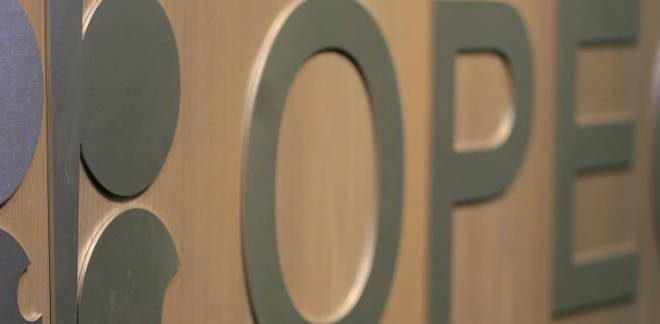OPEC`s decision to extend production cuts by nine months should provide some support for oil prices around the average year-to-date levels and help digest a significant part of excessive inventories during the rest of the year. Fitch Ratings says.
However. a production surplus could return in 2018 if the deal is not rolled over again. as new projects continue to come online and US shale production is set to grow. The extension. which also includes Russia and other non-OPEC countries. was widely expected and had already been factored into oil prices. Brent slipped below USD53 bbl after news of the agreement broke. said the agency.
We believe average annual prices for the year are likely to remain around USD50-55 bbl for Brent. given impressive US shale production growth. and potentially worse compliance with the output cuts than in 1H17. US production could be up to 800-1.000mbpd higher year on year by end-2017. This is half of the roughly 1.800mbpd taken off the market by the OPEC-led cuts. The deal originally agreed in November 2016 has had mixed results. said the agency.
According to the report. compliance rates among OPEC members have been unprecedentedly high. and based on IEA data for 1Q17 global consumption exceeded production by 300mbpd. But there has been little visible impact on excess stocks. as the deficit has probably been covered. largely from less transparent non-OECD and floating storage. “We estimate that in 2H17 the deficit could average 600-800mbpd.
However. it may be lower if demand underwhelms. OPEC compliance deteriorates significantly. US production growth proves more robust. or if Libya and Nigeria are able to increase production faster than expected. OPEC`s appetite to extend cuts further into 2018 may be reduced if crude stocks remain resilient and market prices subdued.” said the experts in the report.
OPEC could decide to return production to pre-cut levels as the cartel may not want to lose its market share and look to raise revenues through volumetric growth. Fitch`s base case expectation is that the market will gradually recover. leading to Brent crude market prices in the mid-USD50 range in 2018 and at around USD60 in 2019. This is likely to come from a combination of steady demand growth and an improvement in crude stocks.
Non-shale non-OPEC production. which has been resilient so far. is likely to require material reinvestment in new and existing projects over the coming years. Long-term oil prices will depend on whether US shale. with its short investment cycle. will be able to fill any potential supply gaps in 2019-2020. Our current long-term assumption is USD65 bbl for Brent. said Fitch.

 Iran Energy News Oil, Gas, Petrochemical and Energy Field Specialized Channel
Iran Energy News Oil, Gas, Petrochemical and Energy Field Specialized Channel



